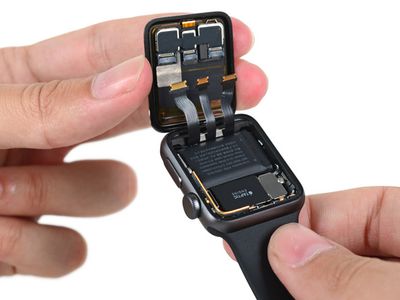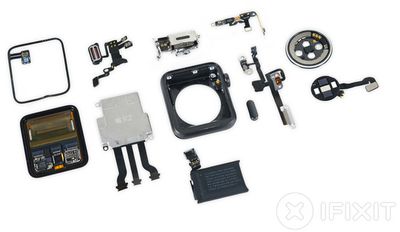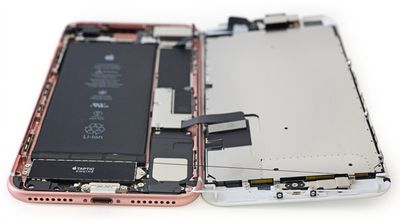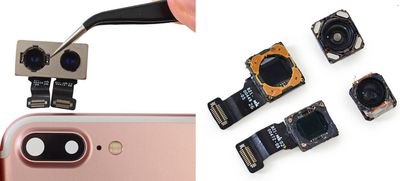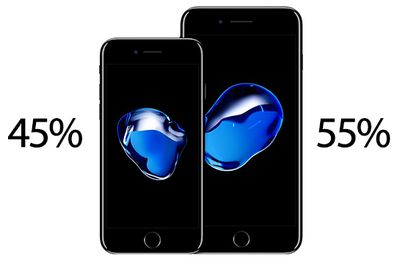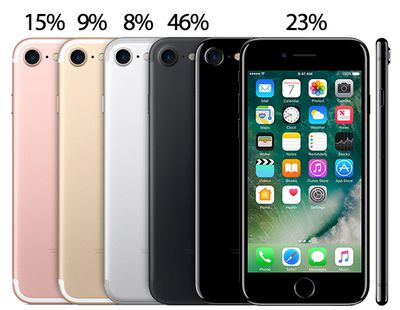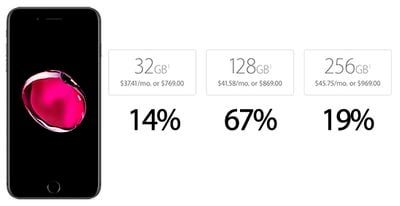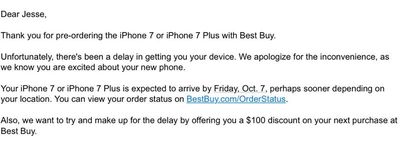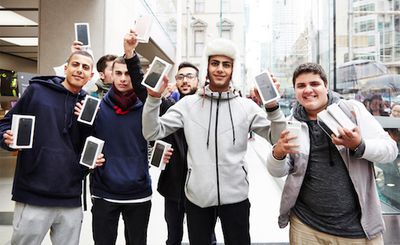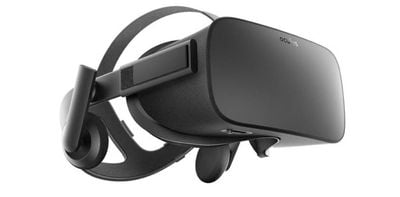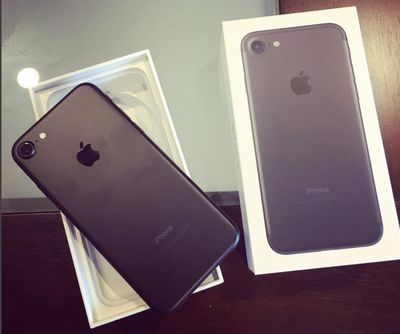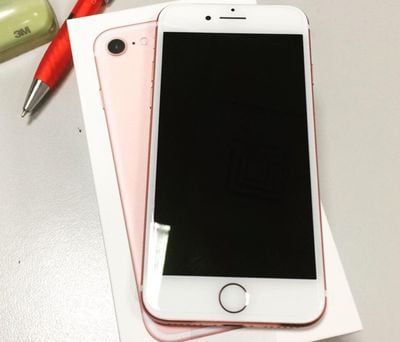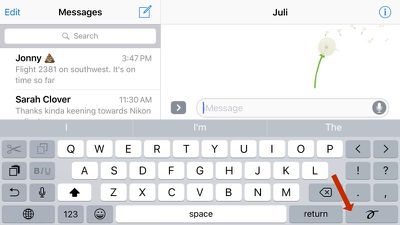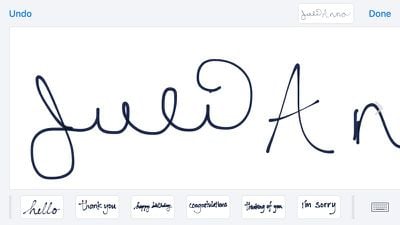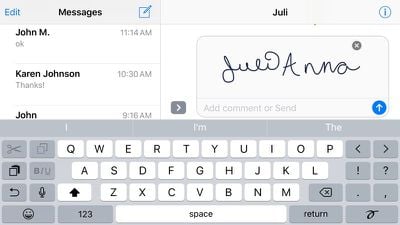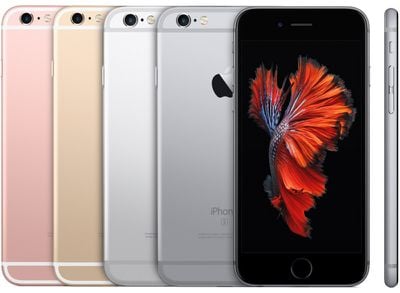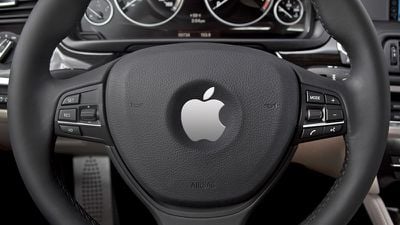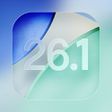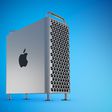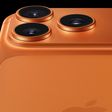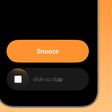Apple is quietly phasing out HomeKit hub support for the third-generation Apple TV, meaning users who update their iPhones and iPads with iOS 10 will not be able to use the remote access feature in the Home app unless they have a fourth-generation set-top box.
Since HomeKit's announcement in 2014, iOS device owners running iOS 8.1 or later have been able to communicate with their third-generation Apple TV over iCloud remote access, which enables the set-top box to relay commands to HomeKit accessories when they're away from home.
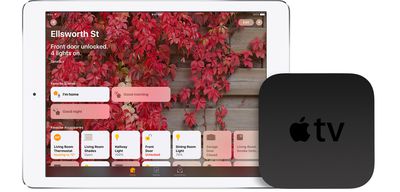
However, Apple has been confirming via its Twitter support account that once users update their devices to iOS 10, only a fourth-generation Apple TV or later is able to act as a HomeKit hub using the Home app to communicate remotely with the home automation platform. Apple has updated its support document on HomeKit remote access to reflect the change.
The news will no doubt come as a blow to owners of third-generation Apple TVs who use the feature, with the lack of HomeKit support in iOS 10 signaling another nail in the coffin for the older set-top box, which lacks native tvOS features like the App Store and Siri integration only available on the later model.
@lexgardner419 We want to help. iOS 10 & HomeKit hubs are now only compatible with AppleTv 4th Gen. Check this out: https://t.co/2DyWMh9Smz — Apple Support (@AppleSupport) September 16, 2016
Apple's staggered depreciation of the third-gen device was also reflected in news last week that the company is pulling the device from its retail stores, with staff instructed to remove any remaining models from store shelves.
On Tuesday, Apple released tvOS 10 for the fourth-gen Apple TV, which added Siri support for managing HomeKit accessories, the ability to control HomeKit using third-party apps, and a whole host of other new features.
Update: Apple has published an updated support document to reflect the fact that the third-generation Apple TV works with remote access in iOS 10 (with the exception of HomeKit-enabled cameras), but does not support set-up of HomeKit automation or user permissions.


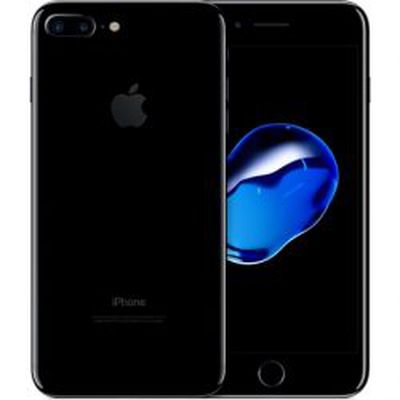 Apple updated its
Apple updated its 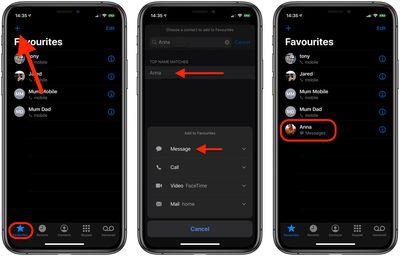
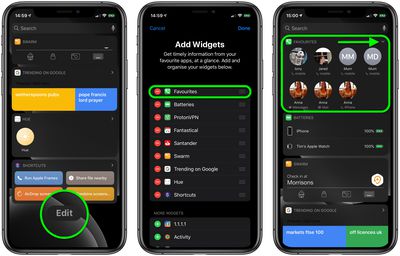
 Apple has paid some 12 billion yen ($118 million) to Japan after underreporting income in the country, according to broadcaster NHK (via
Apple has paid some 12 billion yen ($118 million) to Japan after underreporting income in the country, according to broadcaster NHK (via 